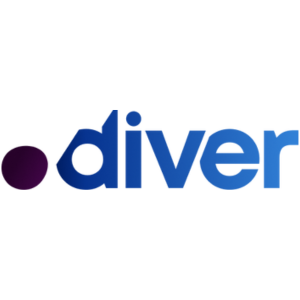Golden Loyalty Metrics — Mark Ross-Smith // StatusMatch
- Part 1 Golden Loyalty Metrics — Mark Ross-Smith // StatusMatch
- Part 2How airlines use data to increase revenue — Mark Ross-Smith // StatusMatch
Show Notes
-
02:09The current state of the travel industryEarlier this year, the travel industry started to make a comeback. While the demand for air travel is up right now, airlines have fewer staff, pilots, and seats making travel expensive currently.
-
03:39Why travel rewards systems and loyalty programs are marketing businessesLoyalty programs are generally worth more than airline companies because of the high margin revenue they generate. Theyre selling digital assets that the market values at higher profit-earnings ratios than actual flights.
-
05:38The metrics for airline loyalty programsThe top metric airlines use to measure the effectiveness of their loyalty programs is called the share of wallet. Share of wallet refers to the percentage of the flights a customer takes with one dedicated airline.
-
10:11Other metrics airline loyalty programs take into considerationMost loyalty programs look at metrics like customer lifetime value and the number of loyalty program members on flights. Theyre also looking at the number of elite members in their programs, redemptions, breakage, etc.
-
11:26What marketers can take away from the golden loyalty metrics used by airlinesEssentially, you want to focus your marketing on people who have the ability to spend more with you. Share of wallet enables you to determine who is spending more with your competitors so you can target them and shift your competitors share of wallet to you.
Quotes
-
"Demand is up and seats are down from where they were a few years ago. Those two things combined means it can be expensive to travel and more people want to get on a plane than ever before." -Mark Ross-Smith, CEO of Travel Data Daily
-
"Airline loyalty is interesting because there are two sides to it. One side is what we call the business of loyalty. Then there's the customer side of loyalty." -Mark Ross-Smith, CEO of Travel Data Daily
-
"Loyalty programs are effectively marketing businesses. They're not airlines, or flying metal tubes through the sky. They're digital companies." -Mark Ross-Smith, CEO of Travel Data Daily
-
"Most loyalty programs are worth more than the airline itself. They generate high-margin revenue because theyre selling miles to banks. And those gross margins can be 60%-70%." -Mark Ross-Smith, CEO of Travel Data Daily
-
"I know one US carrier where there are three people in the loyalty team and yet they're generating hundreds of millions, if not billions of dollars a year in profit from such a small team." -Mark Ross-Smith, CEO of Travel Data Daily
-
"If youre doing more than four flights a year, you're in the top 10% of global travelers because most people don't fly. That's when airlines want to get to know you because you're flying more." -Mark Ross-Smith, CEO of Travel Data Daily
-
"Share of wallet is applicable across different industries. If you're sending emails and push notifications to people that don't have the ability to spend anymore, it's wasted marketing." -Mark Ross-Smith, CEO of Travel Data Daily
- Part 1 Golden Loyalty Metrics — Mark Ross-Smith // StatusMatch
- Part 2How airlines use data to increase revenue — Mark Ross-Smith // StatusMatch
Up Next:
-
Part 1Golden Loyalty Metrics — Mark Ross-Smith // StatusMatch
Mark Ross-Smith, CEO of StatusMatch, talks about key metrics to measure the success of your loyalty programs. In the last couple of years, airlines have had to disclose to the market that their loyalty programs are actually worth more than the airlines themselves. Airline loyalty programs are effectively marketing businesses that marketers can learn a lot from in terms of targeting the most valuable customers. Today, Mark discusses golden loyalty metrics.
-
Part 2How airlines use data to increase revenue — Mark Ross-Smith // StatusMatch
Mark Ross-Smith, CEO of StatusMatch, talks about key metrics to measure the success of your loyalty programs. Airline seat pricing originally relied on historical data to price seats. During the pandemic, people stopped flying as frequently and airlines had to turn to other signals to determine who to target in order to increase their revenue. Today, Mark discusses how airlines use data to increase revenue.
Play Podcast










